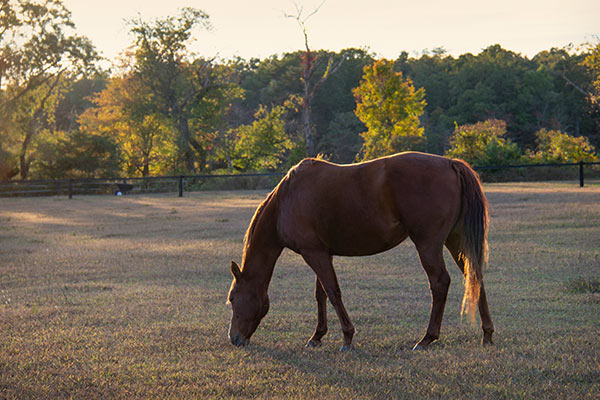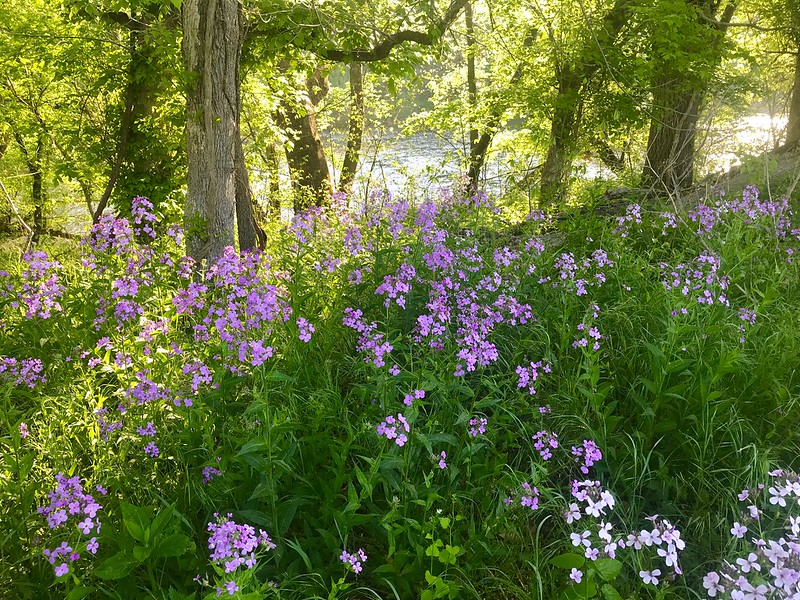
 Department of Conservation and Recreation
Department of Conservation and Recreation
Conserve. Protect. Enjoy.
 Department of Conservation and Recreation
Department of Conservation and Recreation

Virginia's population has grown rapidly from 4.6 million in 1970 to more than 8.8 million in 2024. This growth has brought economic opportunity, but it also has expanded sprawl and increased development pressures in many parts of the state.
Landowners can protect their land from development through a conservation easement or land donation. An easement limits the type of development allowed on the property so that its existing character can be enjoyed by future generations. This can help landowners preserve properties that have importance to their families, such as a family farm or a rural home that has been in the family for generations.
Some examples of personally and culturally significant lands include those that are:

Protecting land offers numerous environmental benefits. Conserving land and open space can provide habitat for native plants and animals, and enhance ecosystem services. There are more than 75 federally listed threatened or endangered species in Virginia, and roughly 60 additional species that are on the state list of threatened and endangered species. Land conservation can help to protect valuable habitat for these species. Ecosystem services are the benefits that healthy, natural ecosystems provide. For example, vegetated land absorbs rainwater and runoff, reduces flooding and soil erosion, and filters water as it permeates the soil. Plants and trees also filter air and generate oxygen. Maintaining land as open space helps to protect these and other ecosystem services.
Some examples of lands that conserve environmental resources and ecosystem services include those that:
The ConserveVirginia initiative was launched in spring 2019. ConserveVirginia is an interactive map that identifies lands of high importance for conservation.
Land is prioritized across seven categories:
ConserveVirginia can be used to help landowners understand the conservation value of their land.
Landowners who conserve their land may be eligible for different financial incentives from federal, state, and local governments. Any landowner contemplating the donation of land or a conservation easement should consult a qualified attorney, accountant or other tax adviser.

